|
Last Saturday me and BFF, Jessica, went straight from breakfast burritos at The Grind to Intersection for the Arts for a Kearny Street Workshop hosted modeling and runway workshop in anticipation of their sure-to-be-bomb fashion show on May 31, Celebrate Your Body (use code "fashionforward" for limited time to get $2 off price of admission), where you will see me, duh, modeling & strutting. Was this the first time I've experienced the harrowing challenge that is le modeling? No. But Saturday was a crash course in working the runway. Stephanie of San Francisco's 31Rax was presiding as I and about 40 others (in a dazzling array of representation across the size, gender, race, and age spectrum) werq'd it to Rihanna et al. Here are the 3 secrets that I learned about working the runway (and life): 1. Slow down - way down. Find the beat to the song that's blasting and really feel it in your hips and your feet. My burlesque training really came in handy on this one. 2. Make every moment photograph worthy (rule to live by!). 3. Make eye contact. As you walk down the runway, as you pose. Check out Kearny Street Workshop's upcoming show, Celebrate Your Body, on May 31 in San Francisco. Save $2 off tickets with secret code "fashionforward" now.
Keywords: fat modeling, fat fashion, fatshion, plus size fashion Margarita and I sat across from each other at It’s Tops Coffee Shop on Market Street in San Francisco yesterday afternoon – eating a cheeseburger + float and cheddar + bacon waffle (respectively) - chopping it up about politics, fashion and how, like, bored we are with neo-liberal manifestations of racism. And that all led to the current spikes trend. During my lecture at Hollins University earlier this month I talked about this very trend, saying that spikes really get to the aesthetic of fierceness. Fierceness is an attitude and aesthetic that people under attack learn as a way to survive the at-times unending onslaught of attacks on their bodies and their spirits. To me, this trend suggests the garment as a shield from the outside world. It suggests an awareness of an hostility toward or impending attack upon the body which it is covering or guarding. It suggests that the wearer refuses to disarm and therefore is dangerous, scary and perhaps impudent. Margi and I agreed that it’s very clear that the culture at large views our bodies as targets for their interpersonal and institutional aggressions. And we have the right to bear spikes.
To those who view fashion as a frivolous mode of embodying politics, I urge you to consider the potential that an article of clothing can have for protection and disruption. Margarita says that for her fierce fashion "is how I feel safe expressing aggression in a hostile environment.” Like the Hot & Heavy: Fierce Fat Girls on Life, Love & Fashion Facebook page to see more of the aesthetics of fierce on Fatshiony Fridays. Self-Portrait Series Newsworthy Because It Highlights Weight Loss
An article on today's Yahoo front page highlights a series of self-portraits taken over eleven years by photographer Jen Davis. The photos are beautifully rendered, but that's not what makes them newsworthy. They're newsworthy because they in part highlight the (lap band assisted) 110-pound weight loss that happened during that time. Are Fat Bodies Desirable? Yes, But That's Not Always Enough Of the photo above, entitled "Fantasy," Davis writes: "The guy in this photo is my roommate. I wanted to know what it felt like to have a guy desire me." The idea that no man desired Jen Davis as she was in this photo is completely unfathomable to me. And I'm going to go out on a limb and say that from everything I know about life up to this point, it's impossible that no man desired Davis' body. But I think she's letting on to a much bigger and more nuanced idea. What I believe the image reveals (and her verbiage - perhaps unwittingly - obscures) is not that she wanted simply to be desired. It seems she wanted:
No, Davis Is Not A Meanie Pants. I'm Just Saying Fatphobia Is That Bad. My point is not to paint Davis as a misguided or bad person, but to point out how insidious fatphobia really is. It's not just the belief system that fat people are inferior and deserve scorn, it's that even as body acceptance becomes a somewhat more widely acknowledged option many people would still choose normativity over self-acceptance. For a great primer on just how bad fatphobia is and just how awesome, fierce and desirable fat girls are pick up the paperback or kindle edition of Hot & Heavy: Fierce Fat Girls on Life, Love and Fashion. A recent article highlights the practice of Swedish model scouts seeking new talent outside of the Stockholm Center for Eating Disorders. The doctors at the center reported that last year patients were approached by modeling scouts while on walks outside the clinic. Employees at the center have since had to change protocols to avoid these incidents. From the article:
"Many of the girls approached... were teenagers and some had a body mass index -- a measurement of a person's height-to-weight ratio -- of as low as 14. A healthy BMI is between 18.5 and 24.9 for an adult woman." As alternative-universe as this all seems, this practice falls well within the parameters of our understanding of western beauty standards, right? That sense of confused shock you might be feeling is perhaps due to the fact that the effort to diffuse the insidiousness of western beauty standards has been ratcheted up recently. The War on Obesity has provided an effective platform for codifying western beauty standards. The public health rhetoric has allowed for the culture's fatphobia to rear its head under a new, more palatable banner. Yesteryday's "but you'd be so pretty if you just lost some weight" has become today's "I just care about your health." In a recent radio interview with KPFA's Kate Raphael, I discussed the way that US standards of feminine attractiveness had nothing to do with health, and that, in fact, ill-health was at the heart of what the US (and the west more generally) find most attractive in women. If you're unclear on that, re-read the quote on patients' BMI above. Keywords: Stockholm Center for Eating Disorders, model scouts, war on obesity, beauty standards I met Jen Larsen a few weeks ago at San Francisco's Booksmith when she was in town for a reading of her new book, Stranger Here: How Weight Loss Surgery Transformed My Body & Messed with My Head. Weight loss surgery (WLS) is a highly charged topic, especially in fat activist community. As a fat activist and fat studies scholar it's easy for me to criticize the pervasiveness of WLS propaganda and decry the literal and figurative danger this practice presents; as a radically pro-choice feminist it's much more difficult (as of yet, impossible) for me to criticize or decry individuals who have opted to pursue WLS. Before I knew that Jen's book had been released by Seal Press (who also published Hot & Heavy: Fierce Fat Girls on Life, Love & Fashion), I read a review of it in People Magazine. I was immediately interested in its critical engagement with such an important topic. Yesterday KPFA's Kate Raphael interviewed Jen and me about our respective books, our views on the War on Obesity and the different ways that our lives interact with fatphobia. Listen to the interview right now (the interview begins halfway through the episode).
Keywords: WLS, Weight Loss Surgery, Jen Larsen, Stranger Here, KPFA, Kate Raphael, Women's Magazine, Hot & Heavy (#hotandheavy) I'm deep in the preparation work for this Saturday's NAAFA-sponsored free teleseminar "Fat & Sexy: 5 Things You Always Wanted to Know about Sex but Were Afraid to Ask." In thinking about the most important lessons I've learned over the years - as sexuality expert and as a woman who has an avid dating/relationship life - there's one lesson that took me a little longer than others to learn. Because it's not a tip or a trick; it's a state of mind. One of the secrets I'll be discussing the in-and-outs of this Saturday is this one:
Secret #3: Cuteness is a state of mind Otherwise put: become your #1 fantasy. As a fat woman I remember entire stretches of time where I was no where near the scene of my fantasy landscape. I had internalized the culture message that my body wasn't sexy so deeply that I was unable to even imagine myself - as my actual self, not a future "ideal" - during fantasies. I learned a lot of amazing lessons in body love from friends and books and then came the part where I had to practice. Ok, so I told you this secret wasn't about tips and tricks, but here's one practice that involves tricking your brain a little bit. When you're getting "busy" with yourself, try to imagine yourself as you are now doing something that you find sexy. If this is your first time doing this, have patience with yourself. You might be dealing with resistance to the centering of your body in your fantasy. That's ok! Touch yourself erotically without the end goal necessarily being orgasm. Do this once a day for 2 weeks. This practice beings to suggest to your brain that this is a new habit that it likes, and it will begin to remap your neuroanatomy. Want to diversify the fantasies that can bring you to climax? I have a secret for you, but you'll have to wait til Saturday... Sign up for Virgie's free NAAFA-sponsored teleseminar, "Fat & Sexy: 5 Things You Always Wanted to Know about Sex but Were Afraid to Ask" this Saturday at 4pm (Pacific). Keywords: NAAFA, fat sex, sex positive, sexuality I met Lisa about a year ago at the annual NAAFA convention. She was moderating a panel on diversity and inclusion in the fat activism movement, and I kind of fell in love with her. She and I have been talking a lot lately in anticipation of my April 20th (yes, the April 20 that is this Saturday, friends) teleseminar "Fat & Sexy: 5 Things You Always Wanted to Know About Sex but Were Afraid to Ask." In this guest post she gives us 5 tips for reclaiming the workplace as big-bodied folks. Heed the Lisa wisdom, ghurl:
It’s no secret that one of the most prolific breeding grounds for size discrimination is in the workplace. Between the assumptions and stereotypes, fat people are negatively impacted during their lifecycle in the workplace. However, it can be a place to reclaim your space and enhance your work life and those around you. The tips provided below are not inclusive and serve as general guidelines. Various factors could play a role in how you claim/reclaim your space in the workplace (type of business, size of the business, business owner/management, cultural climate). 1) VISION: Ask yourself what would you envision as a weight neutral/body positive environment look like or feel to you in the workplace? Don’t let the current situation or barriers limit your vision. 2) ASSESS: Assess your current or future workplace. You can start the assessment before and during the interview process, by asking questions (listen to responses, pay attention to non-verbal responses too). • Example questions for you to consider: o Are there armless or adjustable chairs? (reception area, office, meeting room, classroom, cafeteria) o Who is featured in their collateral materials (website, brochures, annual report) o Does appearance come up in conversation? Are there references to weight and size? • Example lead-in questions to ask others: o What is your company’s view of Diversity and Inclusion? o How would you describe the corporate culture or brand of the business? o Can you describe your wellness philosophy or wellness initiatives and programs? 3) BARRIERS & OPPORTUNITIES: What are the barriers that are keeping you from reclaiming your space in the workplace? What are the opportunities to reclaim your space? (List out big and small) 4) ACTION: What type of action steps/support/tools, do you need to claim or reclaim your space in the workplace or address those barriers (i.e. bring in a piece of body positive art or poster with a statement, seek out potential advocates and allies, utilize your talents to influence, use the NAAFA Size Diversity Toolkit) 5) EDUCATE: If you have the interest and time leverage opportunities to be involved/organize team building events, community outreach activities, organize a love your body event, influence programs, recommend fat advocates for informative meetings, educational offerings, keynotes, create teachable moments, etc. Celebrate the small steps & big wins as you reclaim your space in the workplace! Come back tomorrow for a teaser from this weekend's NAAFA-sponsored teleseminar "Fat & Sexy: 5 Things You Always Wanted to Know About Sex but Were Afraid to Ask!" featuring my hard-earned body positive sexpertise. Keywords: NAAFA, Lisa Tealer, fat discrimination, workplace discrimintation, fatphobia It's happened. The crop top bustier has returned. In reading up on this spring's hottest trend, a number of articles (like this one) were quick to give veiled warnings that this look is for "toned midriffs" only. Sorry, Fashionisers, but I'm going to have to disagree with you on that one.
Yesterday I left my house in a bustier-style bikini top and pedal pushers (you're welcome, San Francisco). I spent all afternoon - from 12 to 6 - going to Ocean Beach, eating a fruit and yogurt bowl, tanning in a tulip garden, walking through half of Golden Gate Park, finishing Jim Thompson's 1952 crime noir novel - all with my midriff bared. And oh-my-lemon-bars it was ah-mazing. I was reminded of Emily Anderson's chapter in Hot & Heavy: Fierce Fat Girls on Life, Love and Fashion when she says: "The feeling of cool air on my belly... was intoxicating." One thing became clear yesterday: it's time to liberate that belly. Show me the belly at www.facebook.com/hotandheavy. Keywords: plus size fashion, curvy fashion, fatshion, plus size bustier Chrystal Bougon of Curvy Girl Lingerie invited Hot & Heavy: Fierce Fat Girls on Life, Love and Fashion to San Jose last Sunday for a special afternoon of curvy celebration with special guest and co-sponsor, Lelo.
I was invited to speak at Hollins University in Roanoke, Virginia last week. I was admittedly a little nervous about how Appalachia would receive my cheetah-print wearing California girl ways. Verdict: LOVED Virginia. Everything from the "catfish matrimony" at Hollywood's (comprised of fried catfish, shrimp, and andouille sausage in a spicy cream sauce) to the $1 sale at Rescue Mission Thrift Store. My talk, entitled "The Fierce Fat Girl's Guide to Revolutionary Politics, Fashion & Love," offered answers to questions like: Is peplum suitable for a queer, anti-racist dance party? (Answer: yes) And: How does one deconstruct fatphobia while on a date? (See below) I was interested in placing queer theorists like Jose Munoz in dialogue with critical race theorists like bell hooks to talk about things like plus-size fashion and fat-positive dating. I'll be offering highlights of the lecture in a blog coming up this week.
xo, Virgie |
Virgie Tovar
Virgie Tovar, MA is one of the nation's leading experts and lecturers on fat discrimination and body image. She is the founder of Babecamp (a 4 week online course focused on helping people break up with diet culture) and the editor of Hot & Heavy: Fierce Fat Girls on Life, Love and Fashion (Seal Press, 2012). She writes about the intersections of size, identity, sexuality and politics. See more updates on Facebook. Archives
April 2021
Categories
All
|

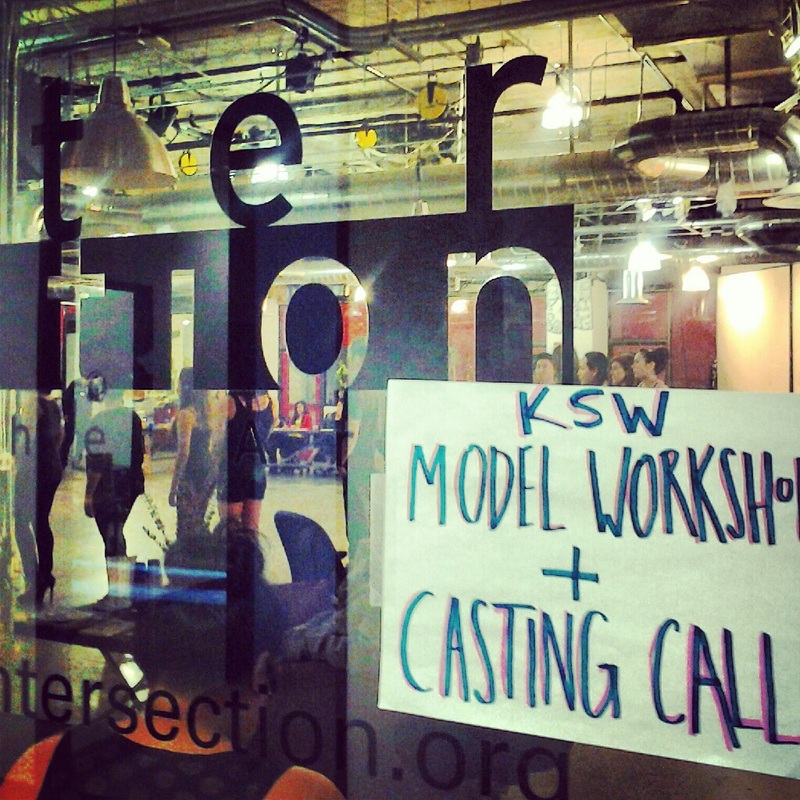
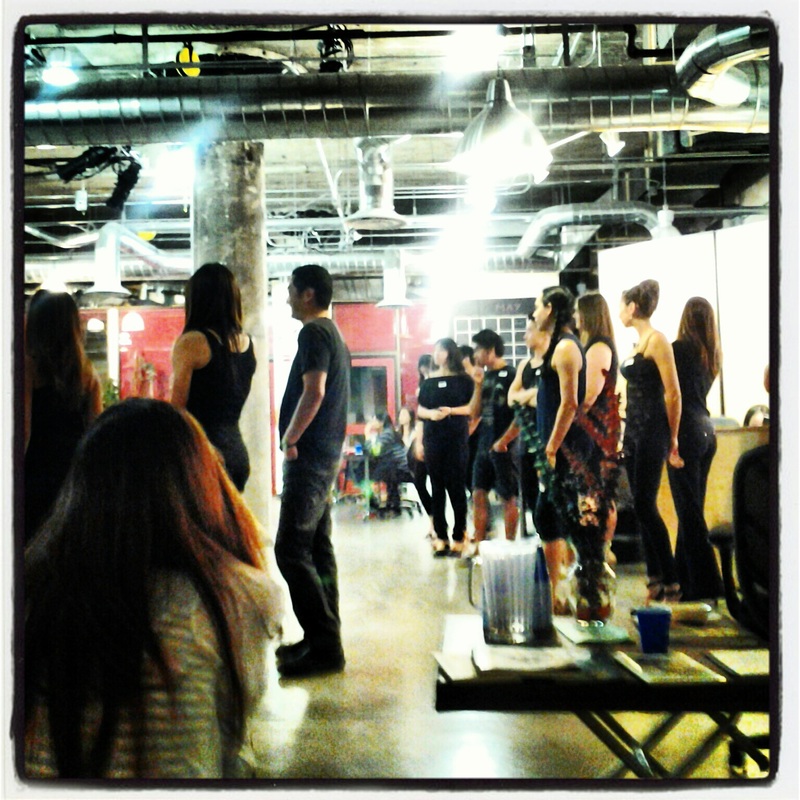

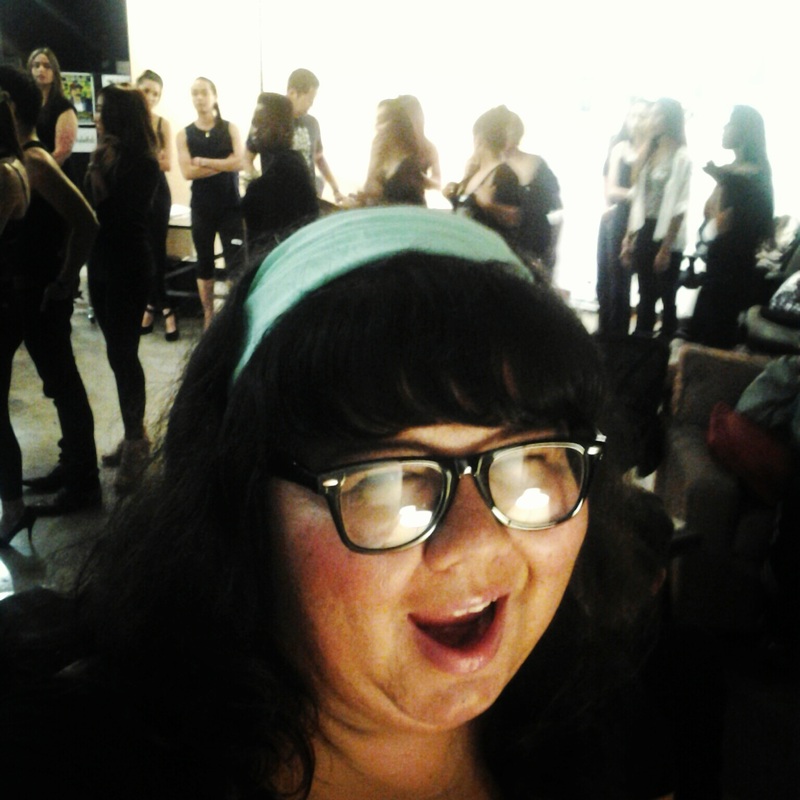





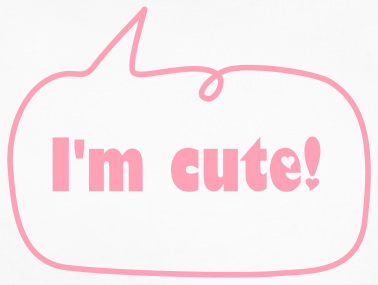


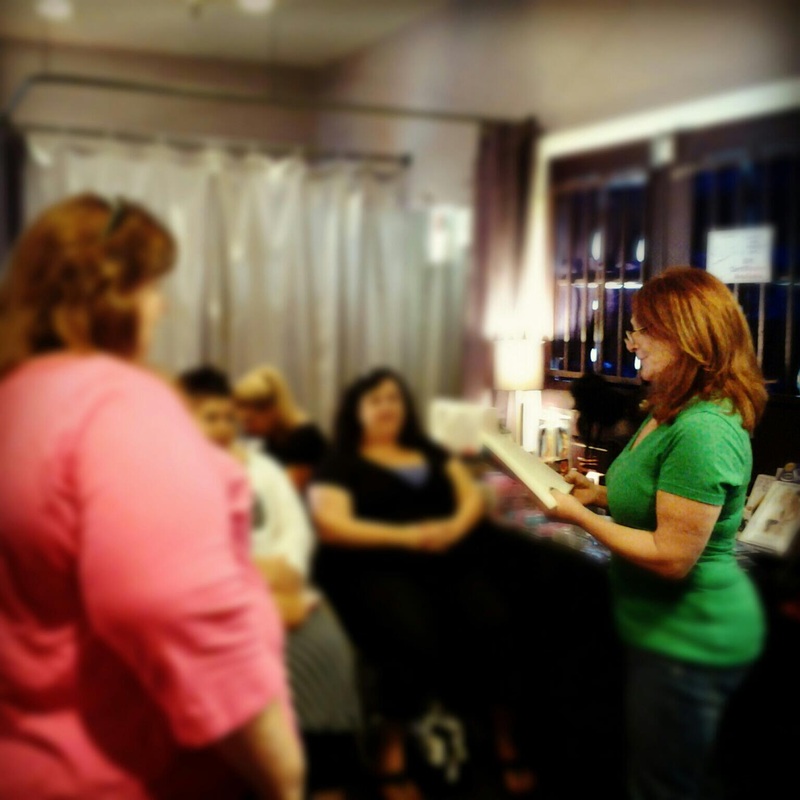

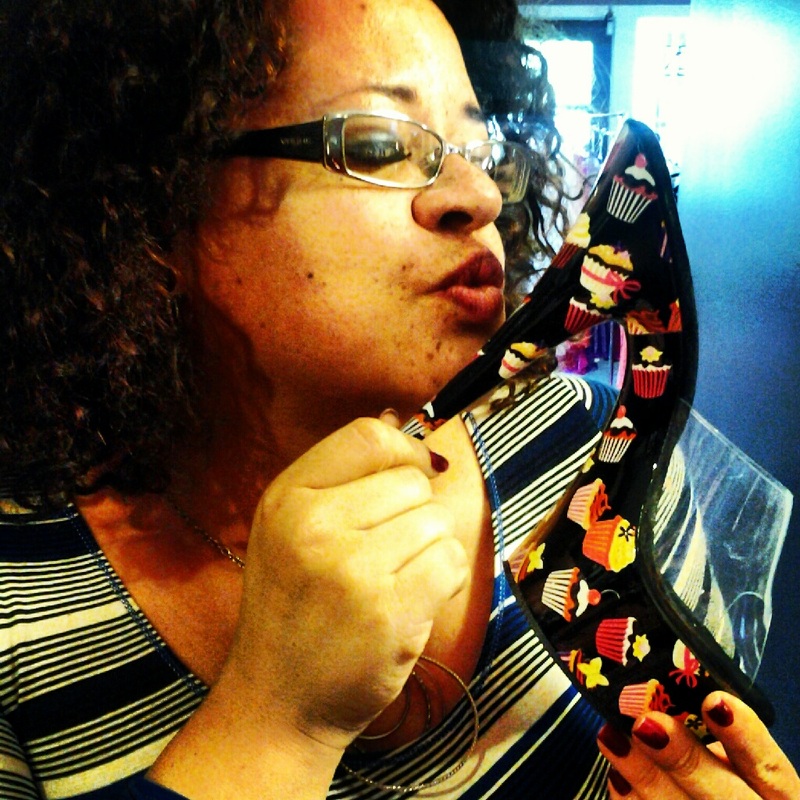
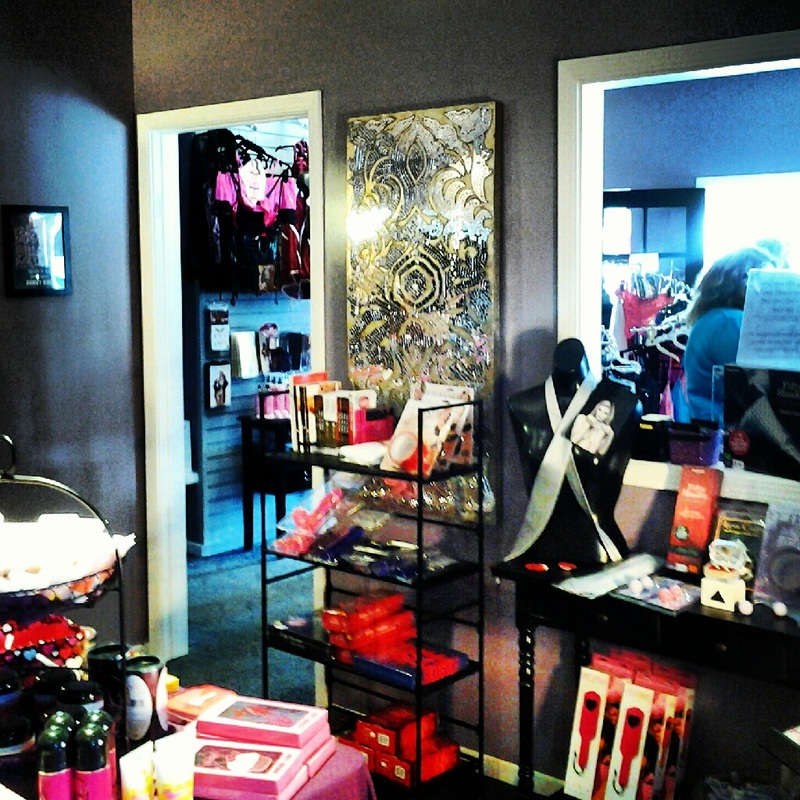
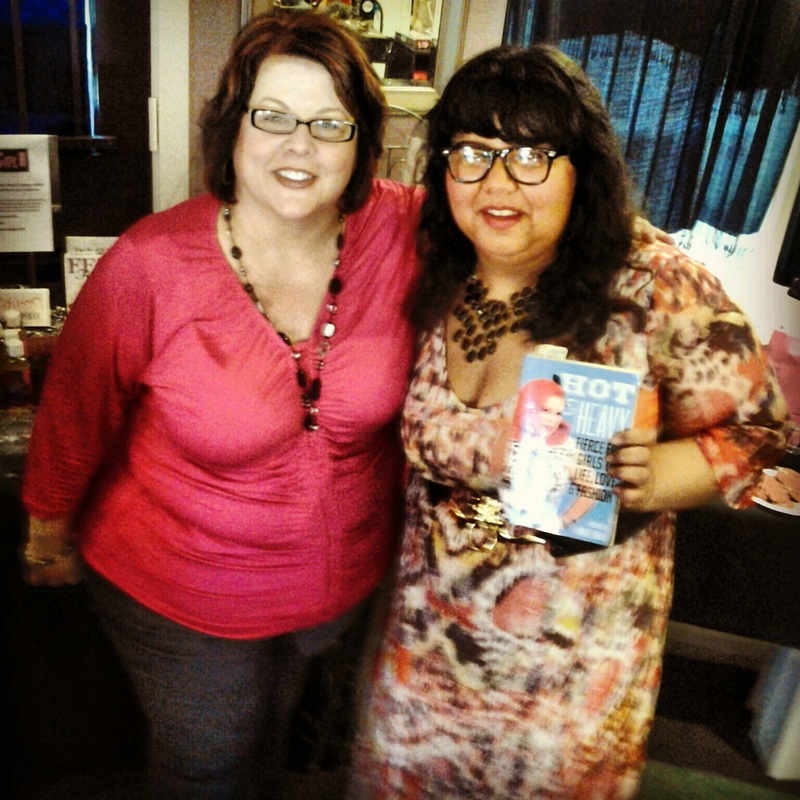
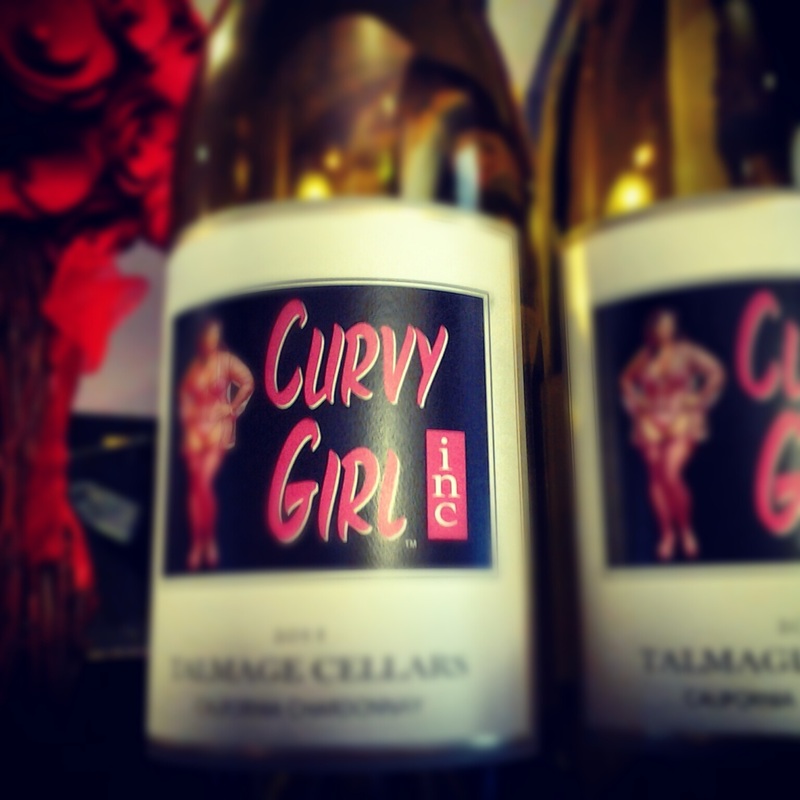
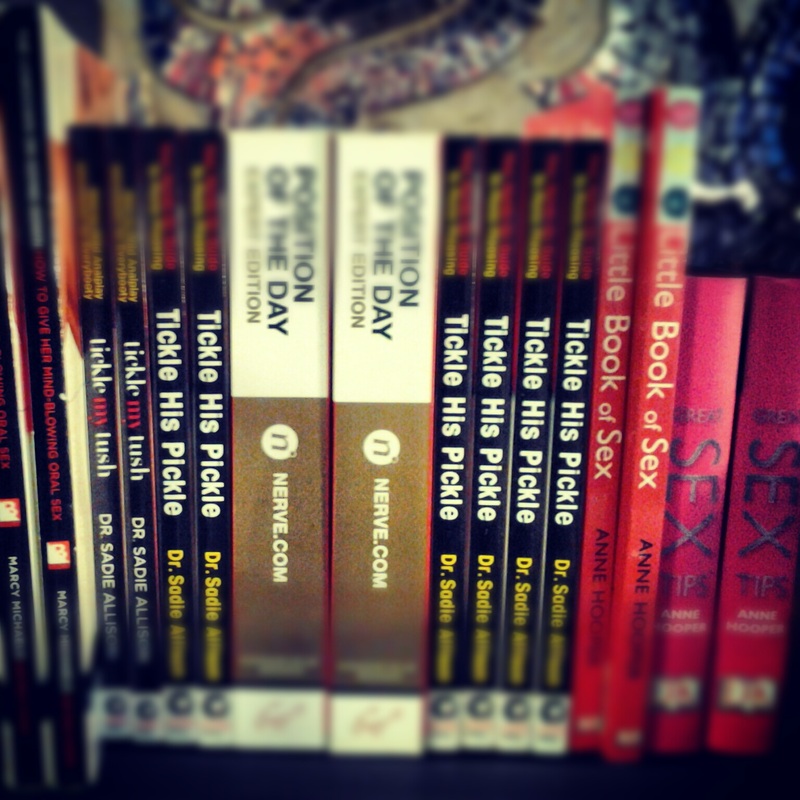

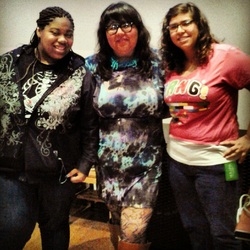
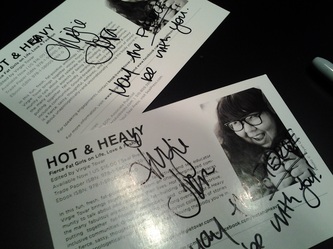
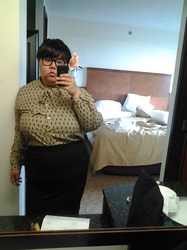




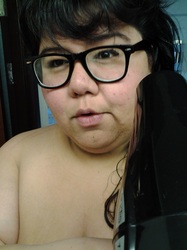
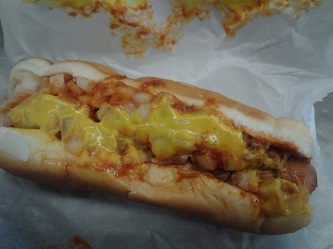

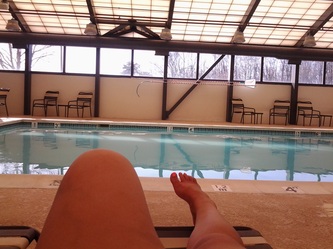
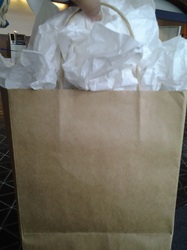
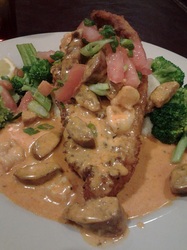
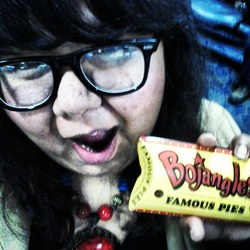
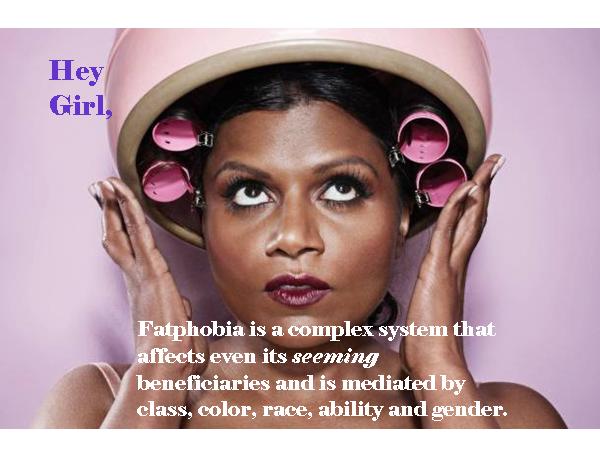



 RSS Feed
RSS Feed